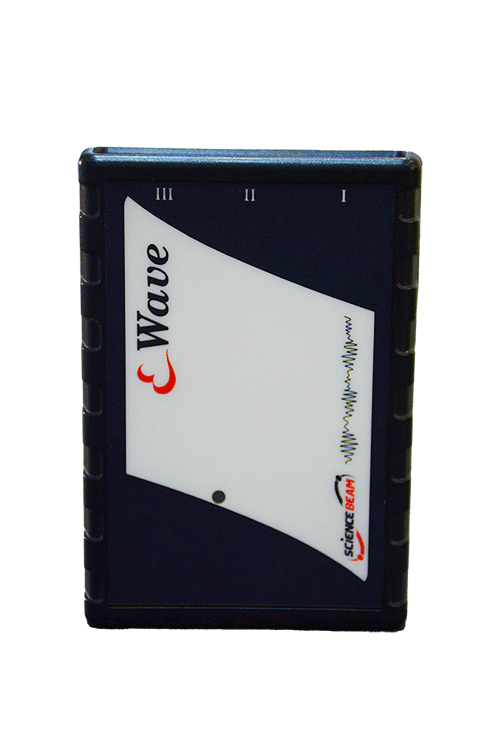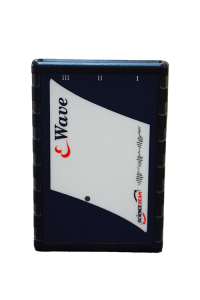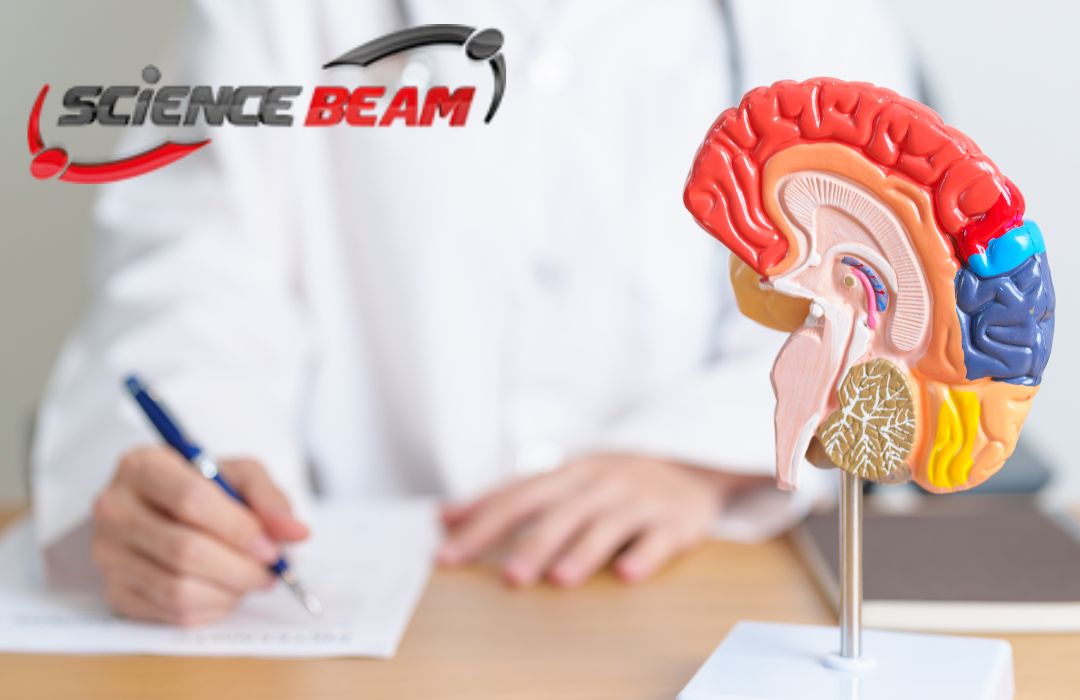Buy a QEEG device
All-in-One eWave24 system
eWave system (QEEG/Brain Mapping) The eWave-24 is a strong and multi-module system for measuring and monitoring up to 24 EXG channels of ECG, EMG, EEG, and EOG signals simultaneously.
Using eWave, you can interpret the information obtained from the qEEG and use it as a clinical tool to evaluate brain function and to monitor changes in brain function due to various interventions such as Neurofeedback or medication.
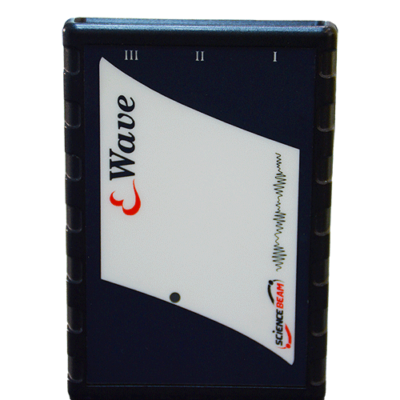
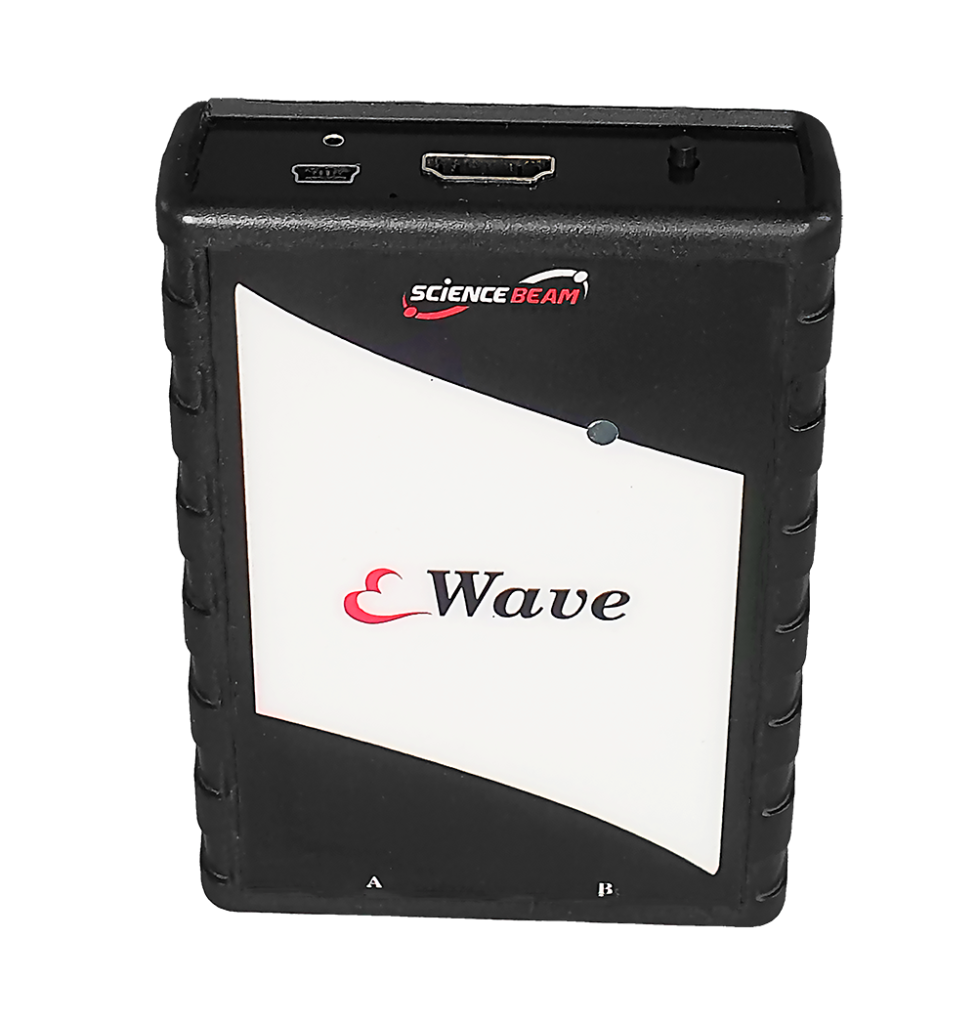
DATA ACQUISITION
- Technology: ARM Cortex 32 Processor
- Processor: 160 MHz
- Data Connection: Bluetooth wireless, 1 Mb/s, up to 10 meters
ANALOG TO DIGITAL CONVERTER
- Number of channels: 8/24/32
- ADC resolution: 24 bit
- Linearity error: 7.6 ppm (maximum)
- Sample rate: 500-1000 samples per second per channel (up to 16000 per channel)
what is a Qeeg Device?
A Quantitative Electroencephalogram (QEEG) device is a tool used in neurofeedback and EEG (electroencephalogram) assessments to measure and analyze electrical activity in the brain. EEG is a technique that records the electrical activity generated by the brain’s neurons through electrodes placed on the scalp.
The “quantitative” aspect of QEEG refers to the application of mathematical and statistical methods to analyze the EEG data. QEEG devices provide a more detailed and quantitative assessment of brain function compared to traditional EEG readings.
QEEG devices typically involve the following steps:
1. **Recording EEG Data:** Electrodes are placed on the scalp to capture electrical signals produced by the brain. The signals are then recorded over a specific period of time.
2. **Data Analysis:** The recorded EEG data is processed and analyzed using various mathematical and statistical techniques. This analysis helps identify patterns, abnormalities, and specific frequencies of brainwave activity.
3. **Mapping and Visualization:** The results are often presented in the form of brain maps or visualizations, showing the distribution of different brainwave frequencies across different regions of the brain.
4. **Clinical Applications:** QEEG is used in various clinical applications, including neurofeedback therapy, cognitive assessments, and research studies. Neurofeedback involves training individuals to regulate their brainwave patterns, with the goal of improving cognitive function, emotional regulation, and overall well-being.
QEEG devices are employed by neuroscientists, psychologists, and healthcare professionals to gain insights into brain function and to develop personalized interventions for individuals with conditions such as attention-deficit/hyperactivity disorder (ADHD), anxiety, depression, and other neurological or psychological disorders.
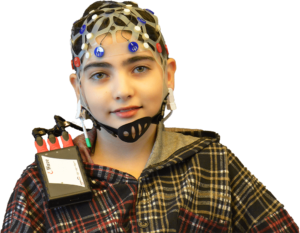
Applications of qeeg device
Quantitative Electroencephalogram (QEEG) devices have various applications in both clinical and research settings. Some of the key applications include:
1. **Neurofeedback Therapy:**
– **Attention Disorders:** QEEG is often used in the assessment and treatment of attention-related disorders, such as attention-deficit/hyperactivity disorder (ADHD). Neurofeedback based on QEEG assessments may help individuals learn to regulate their brainwave patterns, potentially improving attention and focus.
2. **Psychological and Neuropsychological Assessments:
**- **Emotional Disorders:** QEEG can be used to assess patterns of brain activity associated with emotional disorders, such as anxiety and depression. This information may guide therapeutic interventions and treatment planning.
– **Cognitive Function:** QEEG is employed in the evaluation of cognitive function, memory, and processing speed. This can be relevant in assessing cognitive decline, traumatic brain injuries, or other cognitive disorders.
3. **Brain Mapping and Localization:**
– **Research Studies:** QEEG is utilized in research to map brain activity and understand how different regions of the brain contribute to various cognitive functions and behaviors. It provides valuable insights into the neural correlates of specific tasks, emotions, or mental states.
4. **Peak Performance Training:**
– **Sports Psychology:** QEEG devices are sometimes used in sports psychology to help athletes optimize their mental states for peak performance. This can involve training to achieve specific brainwave patterns associated with focus, relaxation, and optimal performance.
5. **Epilepsy Diagnosis and Monitoring:**
– **Seizure Disorders:** QEEG may be used in the diagnosis and monitoring of epilepsy and other seizure disorders. It helps identify abnormal electrical activity in the brain and provides information for treatment planning.
6. **Personalized Treatment Planning:**
– **Individualized Interventions:** QEEG allows for a more personalized approach to treatment planning in mental health. By understanding an individual’s unique brainwave patterns, clinicians can tailor interventions, including medication and psychotherapy, to better match the individual’s needs.
7. **Biofeedback and Stress Management:**
– **Stress Reduction:** QEEG devices are sometimes used in biofeedback interventions to help individuals learn to regulate their physiological responses to stress. This may involve training to achieve specific brainwave patterns associated with relaxation and stress reduction.
8. **Neurological Rehabilitation:**
– **Traumatic Brain Injury (TBI):** QEEG is used in the assessment and rehabilitation of individuals with traumatic brain injuries. It helps evaluate the impact of the injury on brain function and guides rehabilitation strategies.
It’s important to note that while QEEG is a valuable tool, its interpretation and application require expertise. Qualified healthcare professionals, such as neuroscientists, psychologists, or neurofeedback practitioners, typically use QEEG data to inform clinical decisions and interventions.
Diagnosable patients in qeeg machine
Quantitative Electroencephalogram (QEEG) machines are primarily used as diagnostic tools in conjunction with clinical assessments conducted by healthcare professionals. While QEEG provides valuable information about brainwave patterns, it doesn’t diagnose specific medical or psychological conditions on its own. Instead, QEEG data is interpreted by qualified professionals who consider it alongside other clinical information and assessments. Here are some conditions and situations where QEEG may be used:
Attention-Deficit/Hyperactivity Disorder (ADHD): QEEG is often employed in the assessment of individuals with ADHD. Specific patterns of brainwave activity associated with attention difficulties may be observed.
Epilepsy and Seizure Disorders: QEEG can help identify abnormal electrical activity in the brain and contribute to the diagnosis and monitoring of epilepsy and other seizure disorders.
Anxiety and Depression: QEEG may be used to assess patterns of brain activity associated with emotional disorders, providing additional information for diagnosis and treatment planning.
Traumatic Brain Injury (TBI): QEEG is used in the evaluation of individuals with traumatic brain injuries to assess the impact on brain function and guide rehabilitation strategies.
Neurological Disorders: QEEG may be employed in the assessment of various neurological conditions, helping to identify abnormal brainwave patterns associated with specific disorders.
Cognitive Impairments: QEEG can provide insights into cognitive function, memory, and processing speed, aiding in the assessment of cognitive impairments or decline.
Biofeedback and Neurofeedback Interventions: QEEG is used in conjunction with biofeedback and neurofeedback interventions to guide personalized training programs for conditions such as attention disorders, anxiety, and stress.
It’s important to emphasize that QEEG data interpretation requires expertise, and the results are typically considered within the broader context of a patient’s clinical history, symptoms, and other assessments. Healthcare professionals, such as neuroscientists, psychologists, or neurofeedback practitioners, are trained to interpret QEEG data and make informed diagnostic and treatment decisions based on a comprehensive understanding of the individual’s health.
Patients should not interpret QEEG results on their own, as the data is complex and requires professional expertise for accurate analysis and interpretation. If you or someone you know is seeking evaluation or diagnosis, it’s essential to consult with a qualified healthcare professional who can conduct a thorough assessment and interpret the results appropriately.
